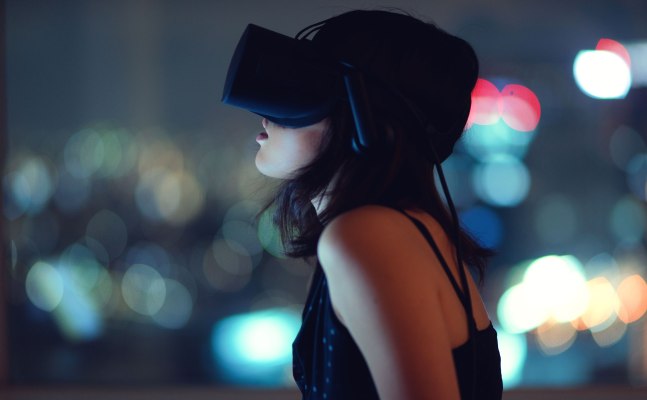In advertising, how often do we get a chance to explore something completely new, where no rules apply and where the experience needs to be imagined from start to finish? Telling a story, selling a product and leading a user inside a VR ad environment was previously uncharted territory.
While exploring this new medium, we quickly realized that VR holds a huge opportunity for all types of advertisers — if they understand how to harness it.
Despite knowing what kind of experience we want to provide when designing a VR ad, we learned that doing so has its fair share of challenges. For example, we discovered that images or content placed at the bottom or top of the VR ad tend to warp, and we learned quickly to keep those areas for the background image only. Despite the challenges, especially when it came to finding the right design elements, it has been a fascinating process from Day One.
Naturally, it is still very early in the evolution of this new medium, and it may take a bit of time for it to reach the masses. But, these early VR ad experiments show that this technology could be the holy grail for marketers and brand advertising in terms of unparalleled brand engagement and a whole new level of interactivity and awareness.
Let’s dive deeper into why VR could be a huge deal for brands.
Firstly, the option to immerse a user in a brand, or a brand message, is something that we simply couldn’t do before. On TV, online or on mobile, there is still a barrier in the form of the physical device screen between the ad and the user.
With virtual reality, we have a tool that can turn into an incredibly powerful selling channel.
In virtual reality, we can engulf the user in the brand, and place them in practically any scenario that we imagine. Promoting new basketball sneakers? Put the user in the shoes of the best basketball player in the world during a game at Madison Square Garden. The sensation of true presence can only be produced in VR — and all of our senses react to it. This capability is incredibly powerful for any ad campaign.
Secondly, the ability to track, analyze and understand if and how a message made its way to the user is more in-depth and detailed in VR than in any other medium. On TV, we can get a general sense if a user saw the ad; on the web, we are able to track clicks and post-click activity; mobile allows us to track ad activity based on location and device.
With VR, we will be able to track where the user is actually looking within the ad environment we’ve built. Moreover, we’re making strides in tracking and analyzing real human emotions that are experienced inside the VR environment, adding an incredibly valuable and powerful layer to analytics and tracking.
Lastly, interactivity and user engagement inside VR goes way beyond what’s currently available on other platforms. When the user can feel as though they are a real part of an ad and actually interact, touch and play, they are able to engage with the product on a whole new level. While we have seen ad interactivity begin to emerge in online and mobile ads, they are still missing the crucial element that only VR can offer — letting the user exist within the ad itself. With virtual reality, we have a tool that can turn into an incredibly powerful selling channel.
It’s certainly not only brands and advertisers that can benefit from VR. Virtual reality and the entire VR ecosystem has a lot to gain from top advertisers and brands entering the industry, bringing with them a lot of spending that can drive a VR-based “free-to-play” economy. This will allow VR publishers to create amazing, top-quality content, monetize it with gorgeous, interactive ads and distribute it for free.
Free content, and, most importantly, quality content, will be the driving force for mass consumer adoption of VR. If all apps, games and experiences are behind a paywall, it will hinder VR adoption and deter people from testing and exploring this new medium.
With VR, we have a win-win situation. Brands will gain access to what is potentially the most powerful advertising medium in history (though it will take time to learn how to do it right), and publishers can start building incredible VR experiences without burdening themselves with paid distribution and the low download counts that go along with it.
The VR industry is still working out a few kinks — like proper distribution channels. But in the very near future, this ecosystem will have all the ingredients it needs to grow — and thrive.
